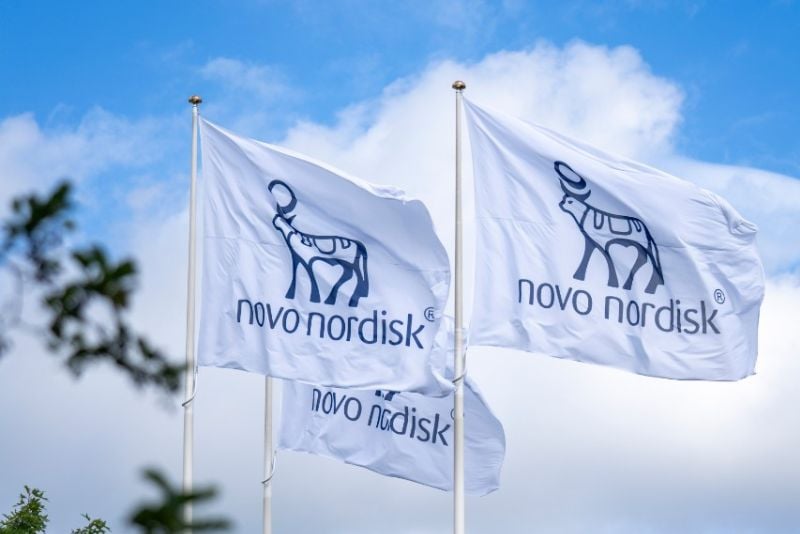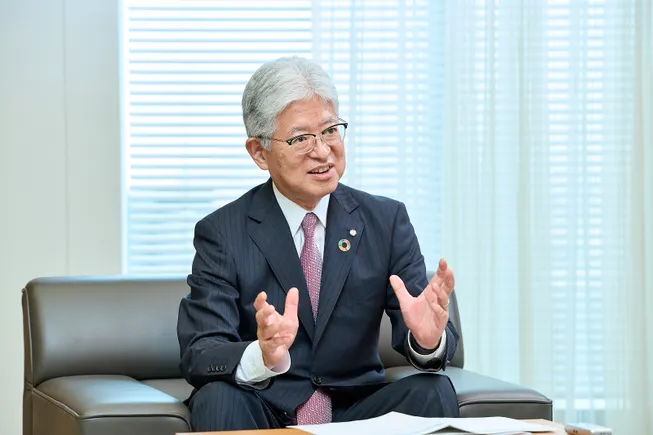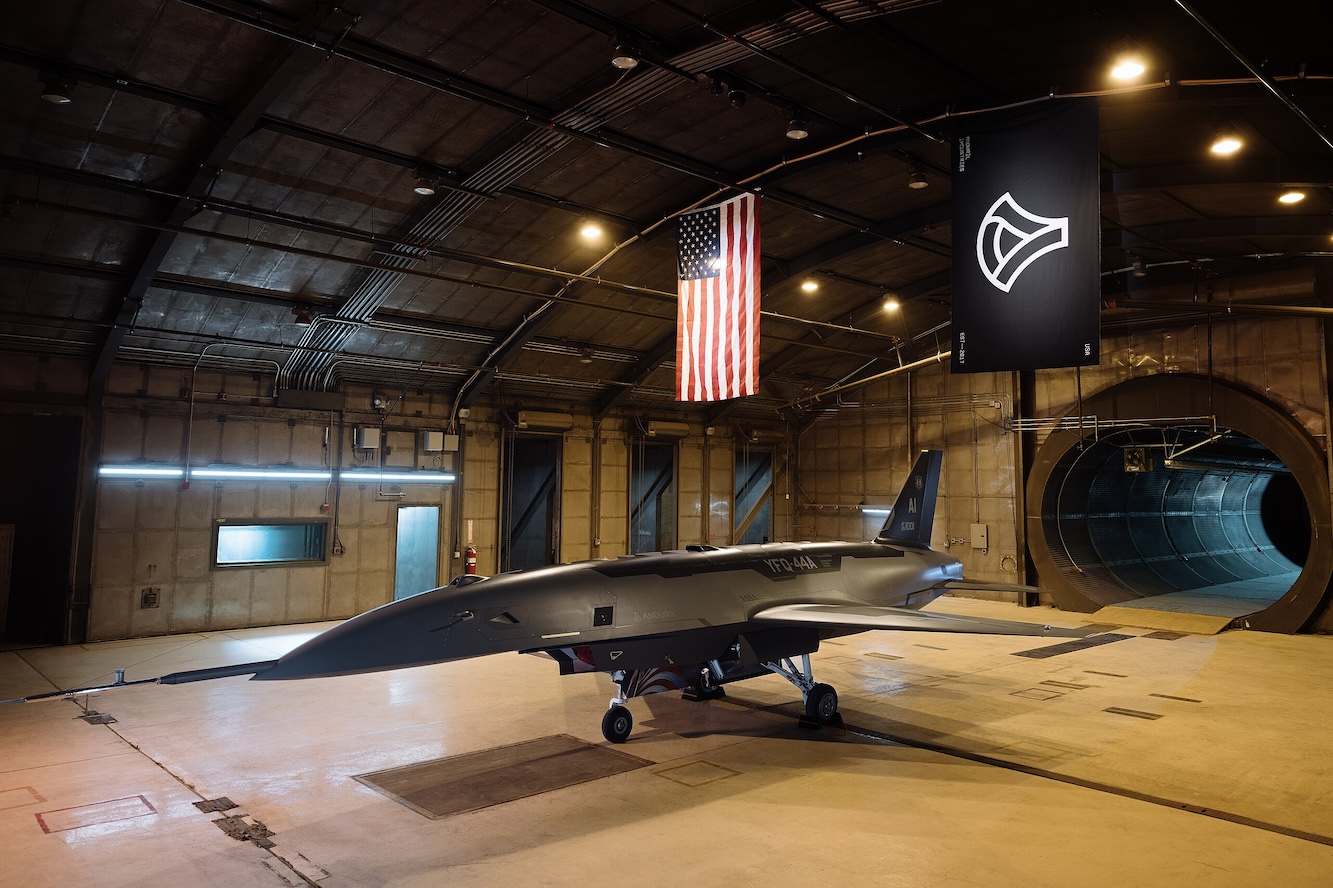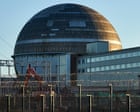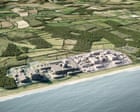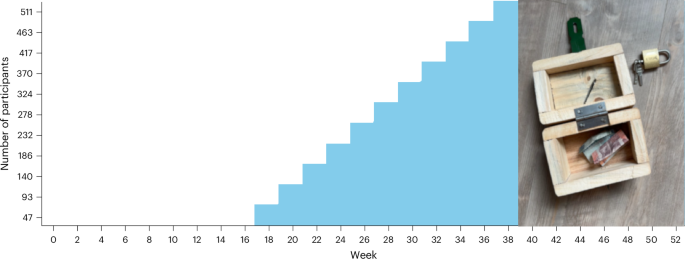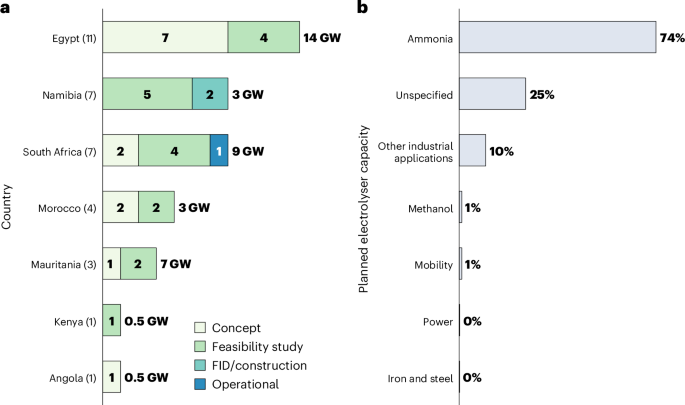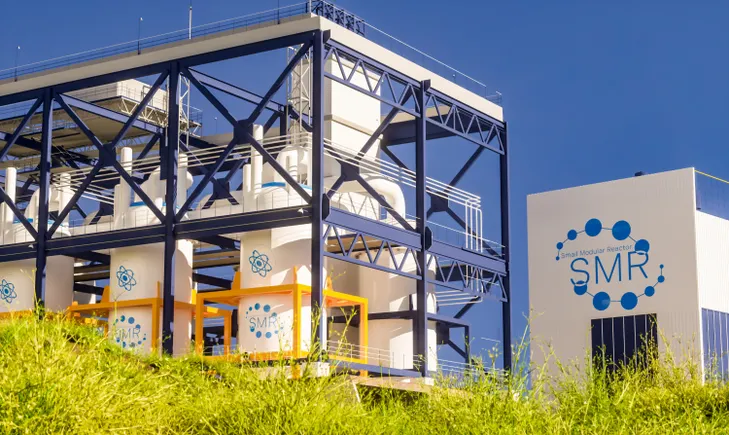Achieving High Energy Density in Aqueous Zinc‐Ion Batteries
Advanced Energy Materials, EarlyView.

Aqueous zinc-ion batteries (AZIBs) offer high safety, cost-effectiveness, and environmental benefits, yet achieving high energy density remains a challenge. This review explores advances in cathodes, zinc anodes, separators, and electrolytes to enhance energy density. It also discusses scalability and future directions, highlighting AZIBs potential for portable electronics, electric vehicles, and grid-scale energy storage.
Abstract
Aqueous zinc-ion batteries (AZIBs) have garnered significant attention as promising alternatives to lithium-ion batteries, offering advantages such as high safety, cost-effectiveness, and environmental friendliness. Despite their potential, achieving high energy density (ED) remains a key challenge for AZIBs to compete with state-of-the-art energy storage technologies. This review explores the fundamental principles, challenges, and recent advances in AZIBs with a focus on enhancing ED. Key developments in cathode materials, including high-voltage and high-capacity designs, are discussed alongside innovations in zinc anode engineering to suppress dendrite formation and improve utilization rates. Advances in ultrathin separator technologies and lean electrolyte configurations are also highlighted, showcasing their contributions to improving volumetric and gravimetric EDs. Additionally, the review identifies strategies to address practical challenges in scaling up AZIBs for industrial applications. By integrating breakthroughs in materials, electrolytes, and battery design techniques, AZIBs hold promise as next-generation energy storage solutions for grid-scale systems. Moreover, a perspective on future directions is proposed, emphasizing the need for interdisciplinary collaboration to overcome remaining barriers and realize the full potential of AZIBs.













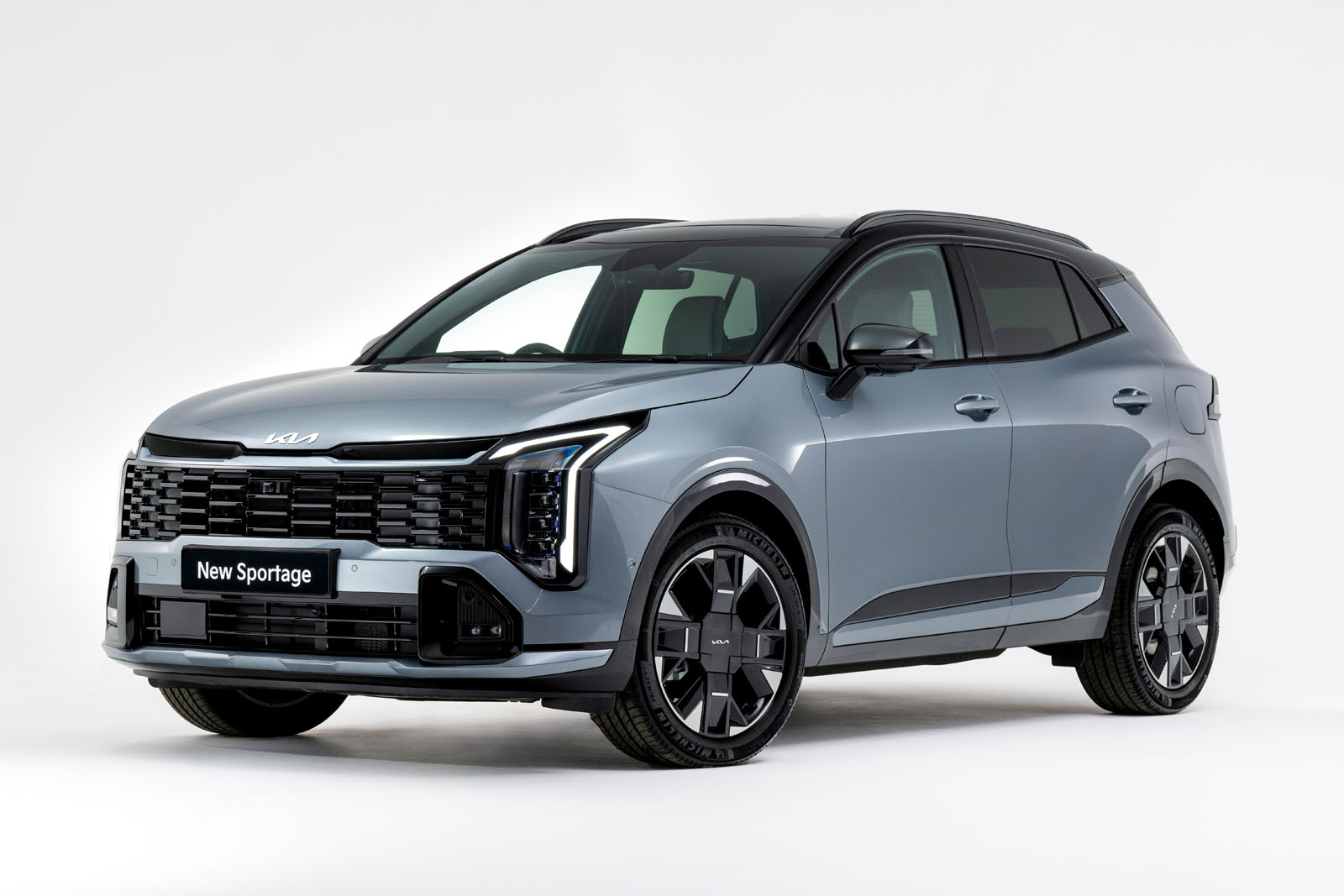














![New York City Officially Has Mechanical Garbage Trucks Now [Update]](https://www.jalopnik.com/img/gallery/new-york-city-officially-has-mechanical-garbage-trucks-now/l-intro-1749064637.jpg?#)



























